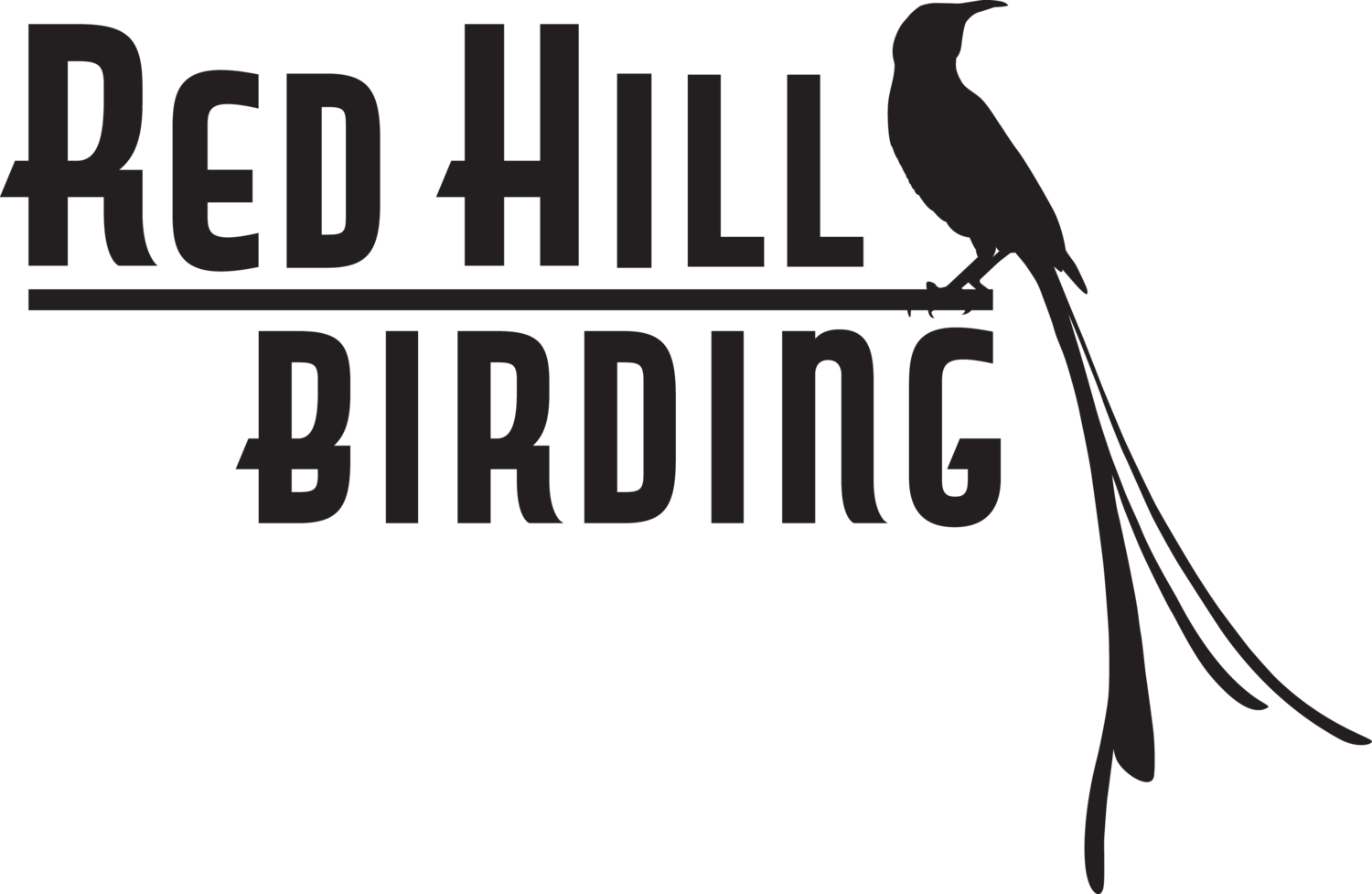CUBA: ENDEMICS AND CULTURE ON THE CARIBBEAN'S BIGGEST ISLAND
February 6-17, 2020
$4550 per person sharing
$650 single supplement
From Miami (airfare not included)
Maximum 12 participants
Guides: Josh Engel and Freddy Garcia
Custom tours anytime
Just 90 miles for Florida, Cuba is home to about 24 extant endemic birds species, plus an endemic family! And we will have a chance for every single one. Cuba is easier than ever to get to, and is a surprisingly easy place to travel, with friendly people, delicious food, and wonderful music everywhere. We will hit the island's top birding spots and spend the last day sightseeing in Havana, the beautiful and historic capital.

There are only two species in the Cuban Warbler family. This is one of them, Yellow-headed Warbler. Photo by Josh Engel.

American Kestrels look very different in Cuba. Some of them have pure white underparts like this one. Photo by Josh Engel.

Like many birds in Cuba, Bare-legged Owl is different enough from its relatives that it is given its own genus, Margarobyas. Photo by Josh Engel.

Cuba is known for its small creatures, including the world's smallest bird, the Bee Hummingbird. Photo by Josh Engel.

The Cuban coast is full of beautiful beaches and characteristic tropical coast birds, like Brown Pelican. Photo by Josh Engel.

Once a nearly mythical bird, you can now see the gorgeous Blue-headed Quail-Dove feeding on rice behind a local restaurant! Photo by participant Jennifer Schmidt.

Seed-eating songbirds are popular pets in Cuba, so birds like Cuban Grassquit are declining in numbers. Photo by Josh Engel.

As more taxonomic research in conducted and birds evolutionary histories are coming to light, Cuban is 'gaining' endemics. Cuban Oriole used to be lumped with other species and called Black-cowled Oriole. Photo by Josh Engel.

The old part of Havana is full of beautiful colonial architecture. Photo by Josh Engel.

Pygmy-owls are fierce-looking birds, and Cuban Pygmy-Owl is no exception. Photo by Josh Engel.

There are many American-made cars from 1940s and 1950s on Cuban roads. Many of them, like this one, are taxis. Photo by Josh Engel.

Olive-capped Warbler is found only in Cuba and the Bahamas. Photo by Josh Engel.

Cuba is rightly famous for its rum. Mojitos (like this one), piña colada, and daiquiris are delicious and available everywhere. Photo by Josh Engel.

Many migrants that breed in North America spend the winter in Cuba, including Black-throated Green Warblers. Photo by Josh Engel.

The tody family is five species of tiny, colorful birds that are only found in the Greater Antilles. Cuban Tody is common around the island, all the better for appreciating its beauty. Photo by Josh Engel.

Cuban wetlands host large numbers of waders, shorebirds, ducks, and terns. This is just part of a large flock of Short-billed Dowitchers, Semipalmated Plovers, and other shorebirds. Photo by Josh Engel.

Many Cuban endemics are endangered, largely because of habitat destruction in their limited ranges. Zapata Sparrow is one of them. Photo by Josh Engel.

West Indian Woodpecker is common throughout Cuba. Photo by Josh Engel.

It's always fun to see the features that a bird is named for. You can see the 'roseate' and the 'spoonbill' on these birds. Photo by Josh Engel.

Colorful American cars brighten the roads of Havana. Photo by Josh Engel.

A great way to see the rare, endangered Zapata Rail is to take a boat ride in the Zapata Swamps. Photo by Josh Engel.

Just like people in Cuba, Cuban Parrots love eating the local guavas. Photo by participant Jennifer Schmidt.



























